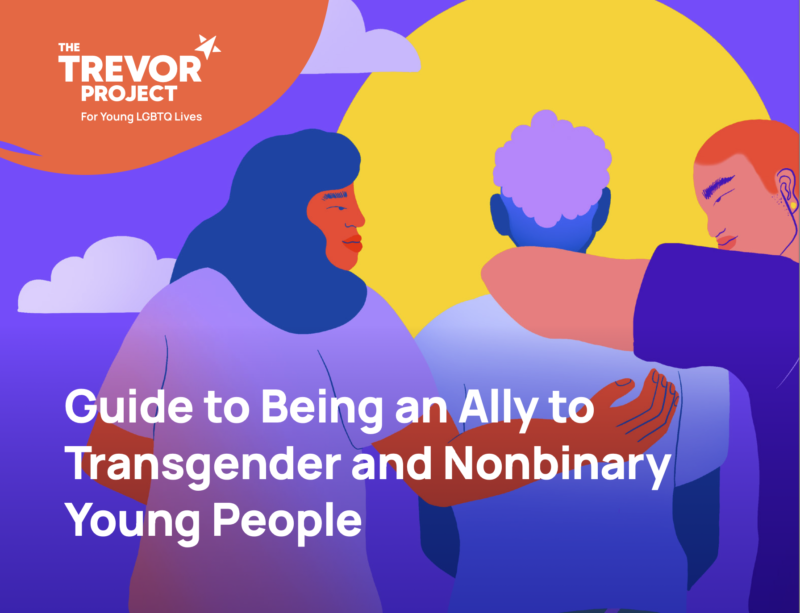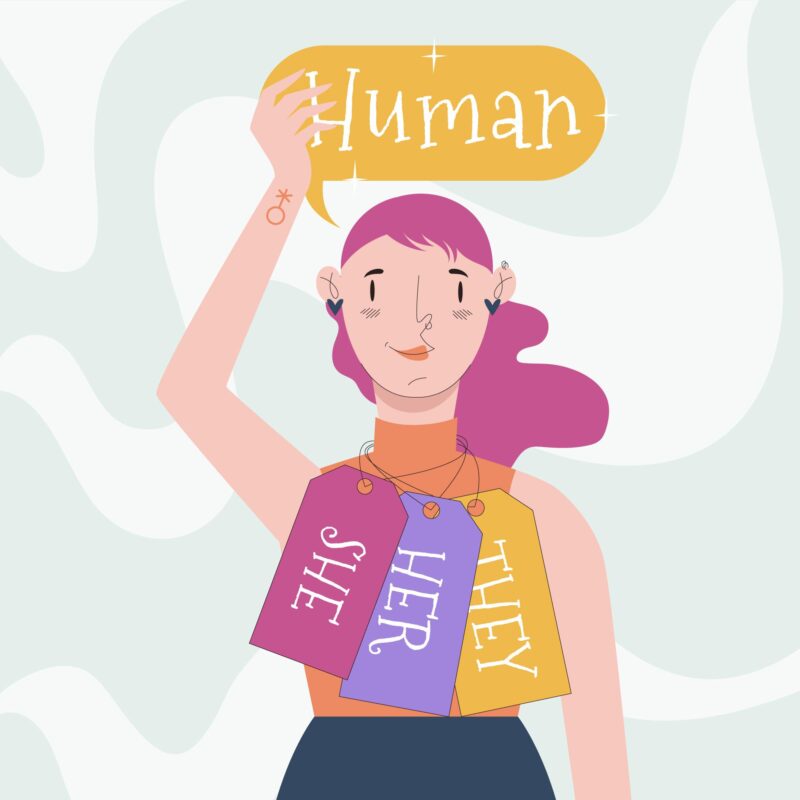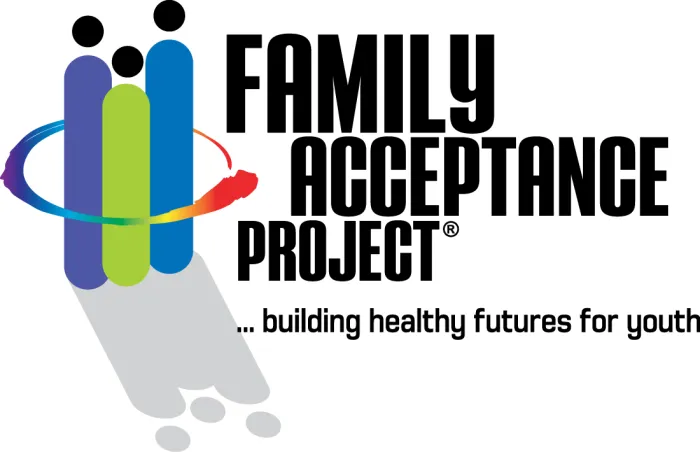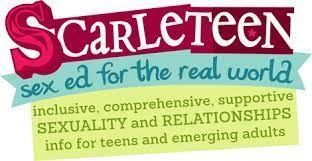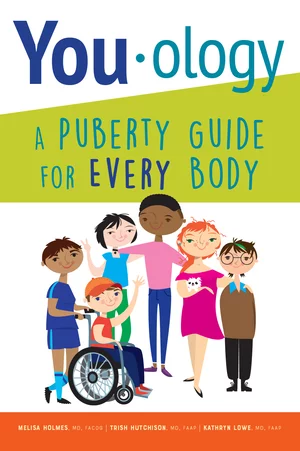
Defining LGBTQ Terms and Concepts
This guide produced by the Annie E. Casey Foundation defines some common terms — and promotes the use of accurate, authentic and inclusive language — to better equip adults to support LGBTQ youth, serve as their advocates and help them Read more >>

